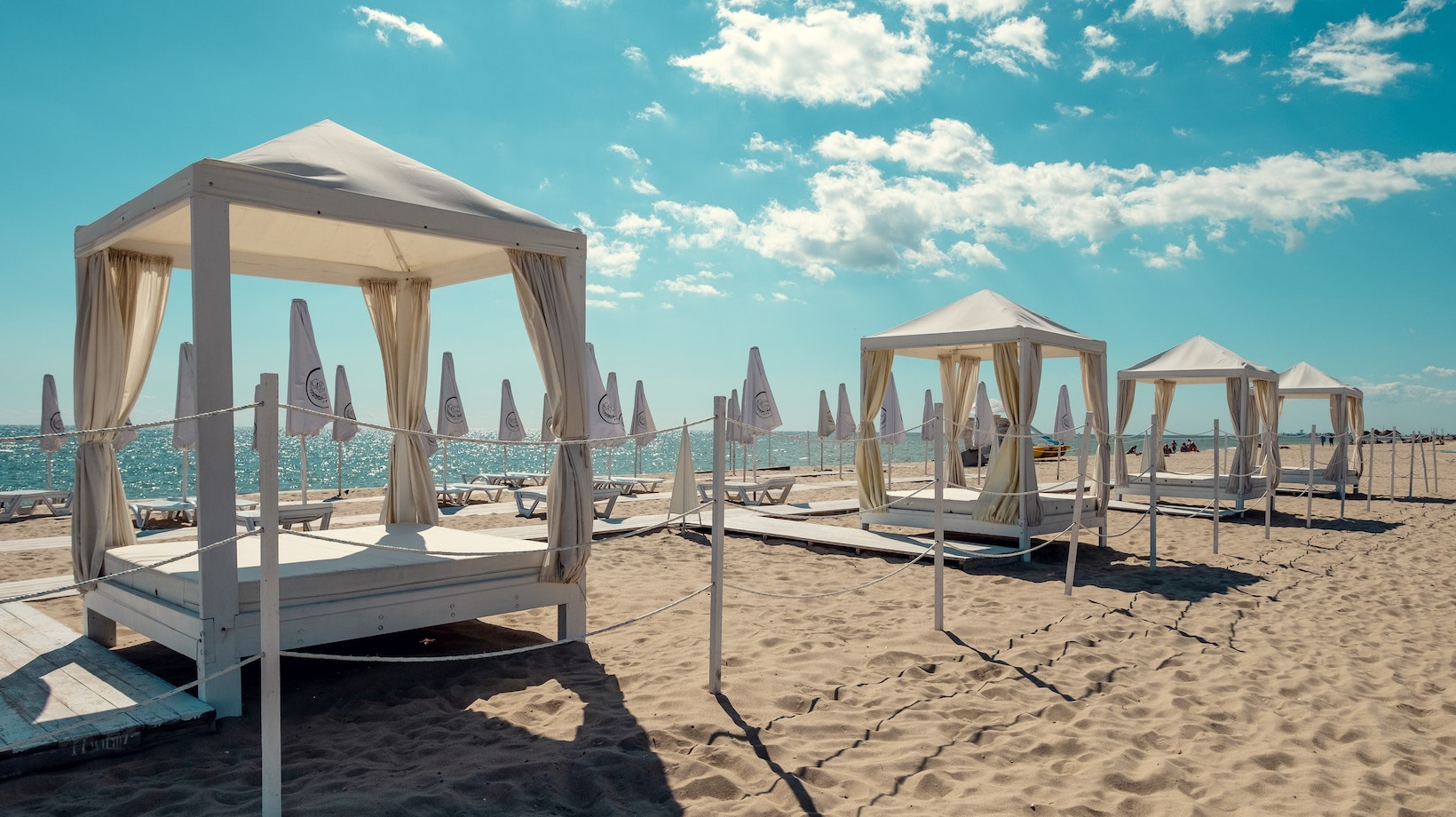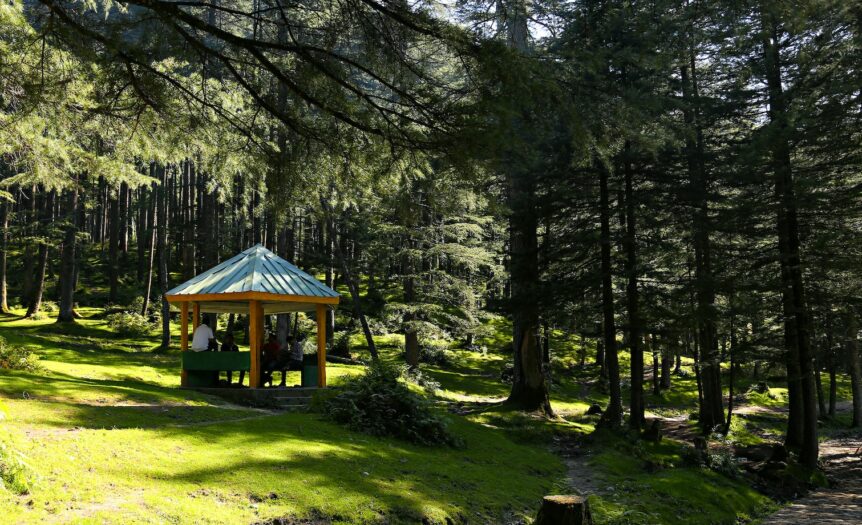Gazebo Cost
When planning to add a gazebo to your landscape, the first question that probably comes to mind is, “What’s this going to cost me?” I’ve been there, and I know how quickly those costs can add up. The answer isn’t always as clear-cut as you’d hope. Gazebo cost varies widely based on factors like size, materials used, and whether or not you’re going for a custom design.
If we’re talking about a basic, ready-made gazebo from your local home improvement store, you might be looking at somewhere in the ballpark of $1,000-$2,000. On the other hand, if it’s a large scale custom-built project using high-end materials such as cedar or composite decking material then brace yourself – it could set you back anywhere from $5k up to an eye-watering $10k plus!
Remember though: while it might seem like a lot upfront, investing in your outdoor space can significantly increase your property value. So really, think of this as an investment rather than just another expense. In my experience with gazebos and all things related to enhancing outdoor spaces – trust me when I say that every penny spent will be worth it.
Analyzing The Cost Factors Of A Gazebo
When it comes to building a gazebo, there’s more to consider than just the initial purchase. There are several factors that can impact your gazebo cost, from materials used in construction to the labor involved and ongoing maintenance costs.
Breaking Down Gazebo Material Costs
The first major factor you’ll need to take into account is material costs. Materials play a crucial role in determining how much your gazebo will cost overall. You’ve got options like wood, metal, vinyl or even synthetic materials – each with their own price points and benefits.
- Wood gazebos: Typically more costly due to the expense of quality lumber. However, they offer a classic aesthetic and can be highly durable if maintained properly.
- Metal gazebos: These tend to be less expensive but still sturdy enough for most uses. They’re also resistant to weather damage which cuts down on maintenance costs.
- Vinyl gazebos: A mid-range option in terms of price but offer great longevity and require minimal upkeep.
- Synthetic Material Gazebos: Often the cheapest option initially, but may require more frequent replacement or repair.
Understanding Labor Costs in Gazebo Construction
Next up on our list of gazebo cost considerations is labor. How complex is your design? Are you going DIY or hiring professionals? The answers could significantly affect your final bill.
For example, if you’re planning an intricate design with lots of detailed work, professional help might be necessary – pushing up labor costs considerably. On the other hand, going DIY could save money upfront but might result in higher long-term costs if repairs are needed due to poor construction.
Evaluating the Cost of Gazebo Maintenance
Last but not least on our list of significant gazebo cost factors is maintenance. No matter what material you choose or who constructs it, some level of upkeep will always be necessary.
Wooden gazebos, while beautiful, often require the most maintenance. They need regular staining or painting to prevent rot and weather damage. Metal and vinyl gazebos, on the other hand, usually just need a good wash now and then.
So remember, when calculating gazebo cost – it’s not just about what you pay initially. Material choices, labor costs and ongoing maintenance all play a part in your total investment over time!

Size And Design: How They Influence Gazebo Price
When we’re talking about the cost of a gazebo, size and design can’t be ignored. They’re major factors that significantly influence the overall price.
First, let’s take a look at size. I’ve found that bigger gazebos obviously need more materials to build, which increases the cost. Not just in terms of construction materials, but also in labor because larger structures take more time to assemble.
Now let’s move onto design. Gazebos come in various styles—classic rectangular or square designs are usually less expensive than intricate hexagonal or octagonal ones. Customized designs add another layer of complexity and hence cost.
Here’s what you should consider when it comes to design:
- Complexity: More complex designs require advanced craftsmanship and precision.
- Roof type: A gable roof is typically cheaper than a dome or turret-style roof.
- Customizations: Extras like screens or built-in seating will drive up costs.
So there you have it! While it’s tempting to go for a large, grandiose gazebo with lots of fancy features – keep in mind your budget as well as maintenance costs down the line. Remember: bigger isn’t always better! Start by assessing your needs, then decide on the size and design that best suits your backyard and budget.








